Water-based inks, especially water-washable inks, differ in their structure by the rise in pH; the price of ink is forced to use inorganic pigments in competition with the market, resulting in instability of the color ink - darkening, darkening Fading and discoloration (gloss) have become one of the focuses of joint research by domestic and foreign counterparts.
We know that the chemical stability of color ink is related to the chemical nature of the colorant used in the ink system. Inorganic pigments are generally more active than organic compounds. This is because inorganic compounds are soluble in water and are easily ionized into ions. The reaction between ions can be completed instantaneously, while the organic compound pigments are the opposite. Therefore, it is said that it is suitable for washing in ink and water, and it is also relatively less polluted with respect to the environment, but its chemical stability is poor, for example, when organic chromium yellow is easily changed to red after encountering alkali.
Another focus is that we tend to emphasize the use of contrasting colors to enhance the visual stimuli - distinctive and eye-catching personality after juxtaposition. The use of color-contradictory colors to juxtapose them together, with an uncoordinated approach to deepen consumers' impressions of package printing and decorating. However, I do not know that when organic and inorganic inks are used in the three-primary system, when the contrast color (area, brightness, and saturation) changes, the intensity of contrast will also change. When it comes to acid and alkali, it will often appear transient. To reconcile, with the passage of time, juxtaposition of color ink will be dark to dark or light, faded and dull.
Whether it is the organic pigments in the ink system that cause the organic pigments to darken or darken the color, or the inorganic pigments in the ink system encounter an alkali, the color hue becomes deep and dark until it fades, which is unavoidable—that is, brightness (brightness). )reduce. This physical or chemical change is not the same as the often-known hues of the three primary colors, which are not equal or the balance of the ash and the gray balance. Mostly because the ink is mixed with a few metal oxides that are both sexes. Strong alkalis become acidic and darken; in the case of strong acids, they are alkaline faded and extinct. Although the eye fatigue is reduced due to glossiness, the reading efficiency is increased, but it is often difficult to achieve the bright appearance of the packaging and decoration of trademarks and product samples due to the deviation of gloss. When assessing the quality of water-based color inks, it is often based on similar products. . But only one point is the same - PH value.
In the exploration of water-based color inks around pH, we reviewed the authoritative theoretical arguments of Alanius, Browns, Laurel, and Lewis on the acid-base aspect, and concluded that this phenomenon is: The ability of ionization to generate hydroxide (OH-) and the generation of hydrogen ions (H+) can generate two kinds of metals that contact each other and diffuse into one another. It will be understood that due to the above reasons, increasing the amount of alkali causes the ink system, especially the alkaline printing ink film, to be in an unstable state after being printed on the substrate (the remaining trace amount of alkali is temporarily blocked, and once contacted with water, the ink film It will be destroyed, and under the action of external force, the ink dripped from the sphere into an irregular mixture, and then the dry ink film formed on the surface will be rough and dull.
Although the thixotropy system and the oscillating system are rarely found in the breakdown of ink and wash, it is worthwhile to analyze this issue step by step. The above difference is nothing more than: the former is at a certain speed, the shear force decreases with time, the latter is the contrary, the grasp is not good, not the color hue is difficult to stabilize, is to bring endless printing problems. For many years, when we discussed thixotropy, the indirect thixotropy was often overlooked. The simplest method of identification is that the oscillating ink system is gelled under external rhythmic vibrations. The rhythmic vibration can be Tap gently, with regular circular motion or pendulum agitating, that is, if there is no external action, it will not cause the ink to form condensation. When the solid content reaches about 1%-2% and the particle is not symmetrical, it forms a coagulation. The glue is the result of the alignment of the particles.
From the microscopic structure point of view, we observe another type of ink thixotropy, which is the cause of the failure. The feature of the swellable ink system is that when the excision is cancelled, the viscosity of the ink system is immediately “thinned.†The swellable ink system Suspension is high concentration and low viscosity.Generally the solid content is up to more than 40%, good wetting property.If we warm up or increase the pH value, when the concentration decreases and the viscosity increases, or the appropriate amount of water is added, it will not look like coagulation. When the external cutting force is removed, the system will remain in a solidified state (though this phenomenon is rare, once it is indeed a very headache), at least a period of solidification, and then thinning. But the ink is completely Resistance to water and fading have been unavoidable.
We know that the recovery of thixotropic structures from structural to non-structural, or from the deconstruction of structures to the recovery of structures is the process of isothermal and reversible transformation. The second is that this repeated transformation of the architecture is related to time, that is, the destruction and formation of the structure is a function of time. At the same time, the mechanical strength of the structure also varies with time. The deformation of an ink system produced by such a body under shear force (if the f/D ratio is temporarily reduced, the system is thixotropy) and can be considered as a water-based color ink system at a constant temperature. The performance of the process of mutual conversion between. The viscosity of a large-scale ink under the external force stirred, the state of its destruction was destroyed, with time, with the increase of time, with the decline of the ambient temperature, the state of its condensation gradually increased, until the restoration of the original state.
It is known that adding a certain amount of macromolecule compounds or associative colloids to a hydrosol can significantly increase the stability of the sol to the electrolyte before the 1980s and call it a “protective effectâ€; after the 1980s it was called “ Space stability." Regardless of how it is called, the use of animal glue in the ink system for thousands of years will enable carbon black to be stably suspended in water. For rotary ink (flexible letterpress printing ink or gravure printing ink), although there is no thixotropy, in order to widely stabilize the ink and ink, the emulsion and the solution linking material are often used to achieve the stability during storage, but the ink is manufactured. Although the method is more scientific than a single resin solution and can prevent precipitation or delamination of the ink in storage printing, it will inevitably lead to different degrees of thixotropy. In severe cases, the ink is not easy to pour out of the ink tank. After stirring, the effect is slight. The normal fluidity of printing ink transfer will affect the ink transfer in the ink fountain and the pump tube and even block the pipeline without ink transfer. In a word, scientific pH control always affects thixotropy, especially the graphic effect of ink packaging printing.
Second, the reasons for the failure of packaging color printing
Focusing on the issue of color printing, we analyzed the amount of alkali or ammonia or amine neutralizing agent added too quickly or unscientifically during the preparation of ink painting, ignoring the fact that the pigment was not totally but partially gradually wetted in the beginning. As a result, the surface structure of the color and the dye is damaged. When the sample is scraped or printed, the gloss of the ink film is reduced, and even the gloss is completely absent. At the same time excessive addition of water molecules will also reduce its luster. However, the fundamental difference between these two categories is that the former is caused by the dripping of pigments, dyes, or acidified ink-and-wash systems in the ink system where strong alkali causes flocculation; the dark shades of color hue and matting fade; while the latter is water. Excessive intrusion caused a rapid drop in viscosity (eg high gloss viscosity tends to be 45-60s/coating -4 cups at 25°C. After adding 17.5% water, the viscosity drops rapidly to 18-25s/coating. - 4 cups at 25°C to form matt or micro-gloss packaging printing ink film/250g liner paper). This is due to the reduction of the solid resin content, from the dense to dilute color hue. Although the surface of the polymer binder appears to be in a stable and curled state after the water is added, once the external force acts, the segment structure is extended to the molecule. The printed ink film has no glossiness.
Another situation is: In order to reduce the cost of materials, we only use natural rosin with a molecular weight of only 330. To achieve the space stability of the ink system, in recent years, we have used four sides in dozens of inorganic materials that do not cause changes in chemical properties. The porous form of hydrated silica of the body acts as an associative colloid, enabling it to be stably adsorbed on the surface of the low-molecular-weight rosin sol particles, forming a protective film, and extending the lyophilic groups into water, which can eliminate The thixotropic can also improve the water washability, and has a certain thickness, especially when it exceeds 5%, the printed ink film forms a layer of short and thick low-molecular ink film, and at the same time, it will reduce the ink. Viscosity, if the concentration is increased, will not only affect the flowability of the printing transfer, but also affect the improvement of the gloss. The reason is that the temperature of the ink system is increased and the association tendency of the rosin molecules is weakened in the process of associating heat release. . In this regard, we selected the TM-200S coupling agent (tackifier) ​​from Yizheng Tianyang Chemical Factory to improve the strength of the adhesive joints of the resin solution and increase the adhesion of the adhesive to the adhesive surface, thereby effectively preventing the adhesive layer from being The peeling and peeling of the glued surface not only promotes the heat and moisture resistance of the glue in the ink system, but also increases the bond strength between the hard-to-stick material and the low-molecular-weight resin sol and the pigment and the glossiness of the packaged ink film. Water washability. This is that the paint film should be hard and the ink film should be soft.
Followed by the use of alkali-resistant pigments or dyes or fillers. Most of the dyes are used in light package inks that do not require light resistance.
Resins (whether natural or synthetic, be it macromolecules or low molecular weight resins) need to have dispersibility, transferability, fast drying, gloss, and abrasion resistance. A few days ago shellac and even acrylic resin, etc. have been replaced by pure rosin resin (to be tested before use). The traditional method of temperature-enhancing modified resin liquid binders has been replaced by a new method of producing rosin resin liquid binder at room temperature. A green ink that is almost completely free from environmental pollution has been favored in the market.
Solvent, traditional production is distilled water (ion water is the best), especially need to add ethanol or isopropanol, but now the market mostly uses tap water or groundwater. Under strict compliance with the pH index, trace addition is active, bridge and increase. Sticky TM-200S coupling agents have become a new method of manufacturing inks.
III. Main technical problems to be solved
In addition to the above-mentioned success or failure experience, some of the following are listed, although they can be overcome, but it is easy to repeat the above-mentioned mistakes. This article tips out for everyone to discuss.
1. For example, inks made of old rosin resin, and the addition of a basic excess of linking material to white titanium dioxide or black ink made of acid white titanium dioxide or carbon black, often cause poor ink fluidity due to the secondary neutralization of acid and alkali. Edition, forming a non-glossy packaging printing ink film.
2. Excessive addition of cheap talcum powder makes it easier for ink to flow and not easy to ink (as opposed to acrylic ink).
3. Excessive addition of a single defoamer, the foam in the ink film can not avoid chemical pinholes before curing and drying, and when the curing is dry, the printing ink film will cause? The orange peel of the grain is eliminated even if the filler is used, but the hue of the remaining ink film is still large.
4. As the hydrated silica or magnesium salt of the associate, after the purpose of thickening and anti-settling is reached, the ink film will still have a certain degree of gloss, and the excess will be counterproductive.
5. Although the amount of chromogen or basic dye is small, the water can be washed well, but it is not easy to wash after contact with the flexible letterpress and human skin.
6. Although inorganic pigments can overcome water washability, printing inks are prone to precipitation or delamination, and the ink layers are thickened and the dots are enlarged or lost.
7. Excessive dispersion of ink often exacerbates the swelling of the pigment fillers of the system. When aggregated and thickened or coagulated, it is more difficult to control the formation of ink particle size aggregates than to use an incorrect reactive solvent molecule to associate.
8. When the content of pigments with too high alkali resistance is too high, the yield value of the ink will be too high, and the length of the silk will be shortened. After the ink formed into a cheese-like shape is expanded, the printing ink is easy to be plated, and the color becomes lighter than that when the oil is absorbed too much, and the particles are not dispersed. The uniform color of the packaging printing becomes lighter and more difficult to solve...
In short, in changing the above eight kinds of difficulties, we always try to use the same relative density, but the size of the particle core is not equal to the pigments, fillers to adjust, or use the relative density is not the same, the size of the particle core is not equal to the pigment, filler The adjustment will result in the eradication of flocculation and coalescence. However, the eight major issues concerning green water-soluble water washable inks are: 1. pH control; 2
Round Bronze Match Light Kit from features their unique Oil Rubbed Bronze finish.
The tray is manufactured from 304 Grade Stainless Steel, which is then subjected to a proprietary treatment involving the tray being hand-sanded and then finished by artisans.
The resulting deep and rich texture beautifully completes any outdoor decor theme.
Match Light Kits, or as often referred to as Match Lit Kits, are the easiest type of Fire Pit ignition system to install, operate and maintain. And these Round Drop-In pans are no exception.
Installation is straightforward. Create a cutout in the top surface of your fire pit structure, one inch larger than the given dimensions of the tray. For example, the 19-inch diameter tray requires a 20-inch cutout.
The tray then drops into the cutout, sitting securely on the generous inch and quarter lip or flange. Using the gas connection supplied with the kit, connect the gas line to the base of the fire pit tray and the other end to your gas supply line, or propane gas bottle.
To light your fire pit, turn on the gas via the suppled gas shut off valve and ignite the gas with a taper or match.
You can adjust the flame height via the gas valve. To turn the fire pit off, just shut the gas valve.
The Round Bronze Match Light Kit is available in two sizes and Natural Gas or Propane versions.
Along with the tray, the supplied burner is also manufactured from Stainless Steel, which makes them both extremely durable and long-lasting.
This product qualifies for the Lifetime Warranty.
To complement and protect this unique looking fire pit tray., also produce matching Oil Rubbed Bronze Fire Pit Lids.
These lids straddle over the fire pit tray and keep out the dust, dirt, and water so that your fire pit is always ready for use.
| Name |
Stainless Steel Propane Fire Pit Burner |
| Material | Stainless steel |
| Size | 800*800mm |
| Steel thickness | 2mm |
|
Surface |
Pre-rusted |
|
Application |
Outdoor |
|
Technology |
Laser cut,bending,punching,welding,weathering |
| Weight | 3.5KG |
| Packing | carton |
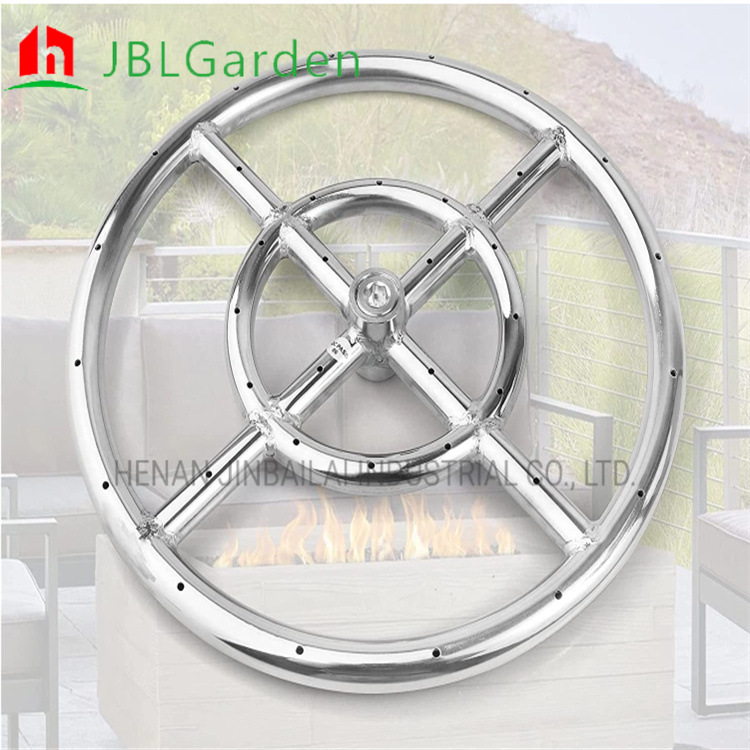
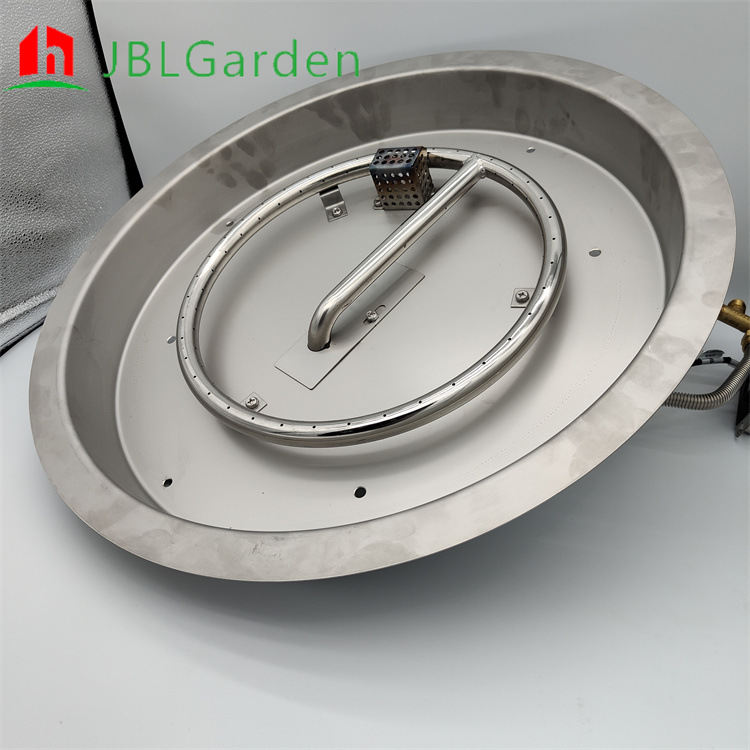
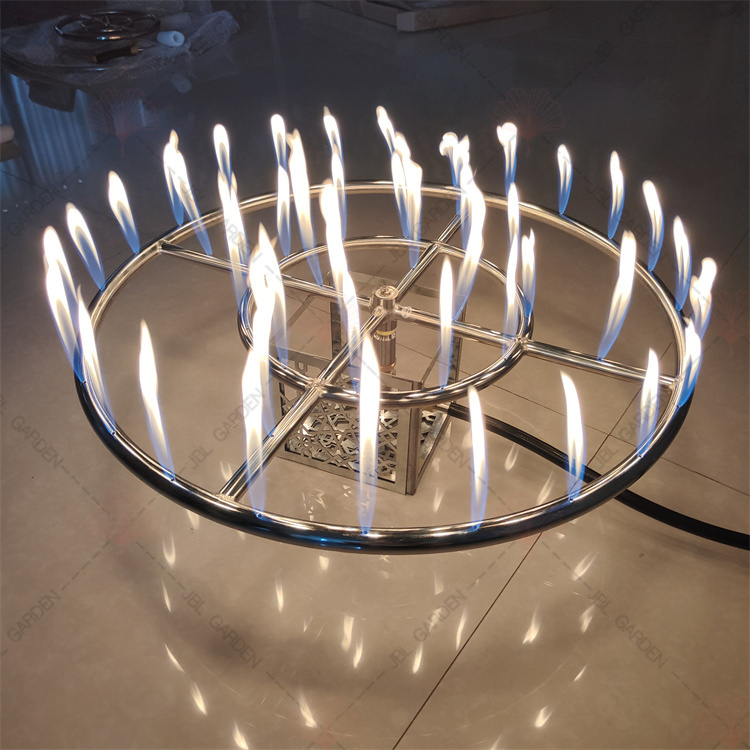
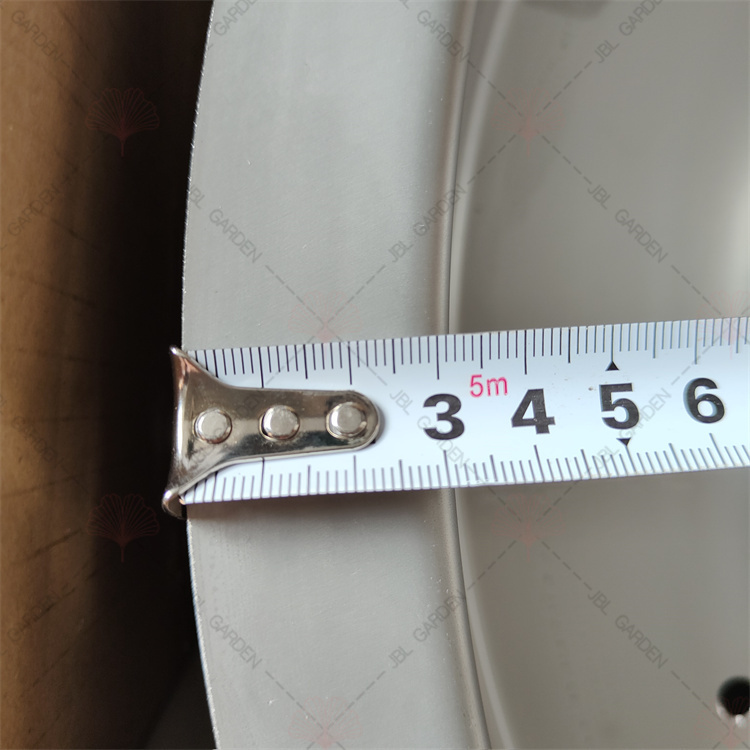
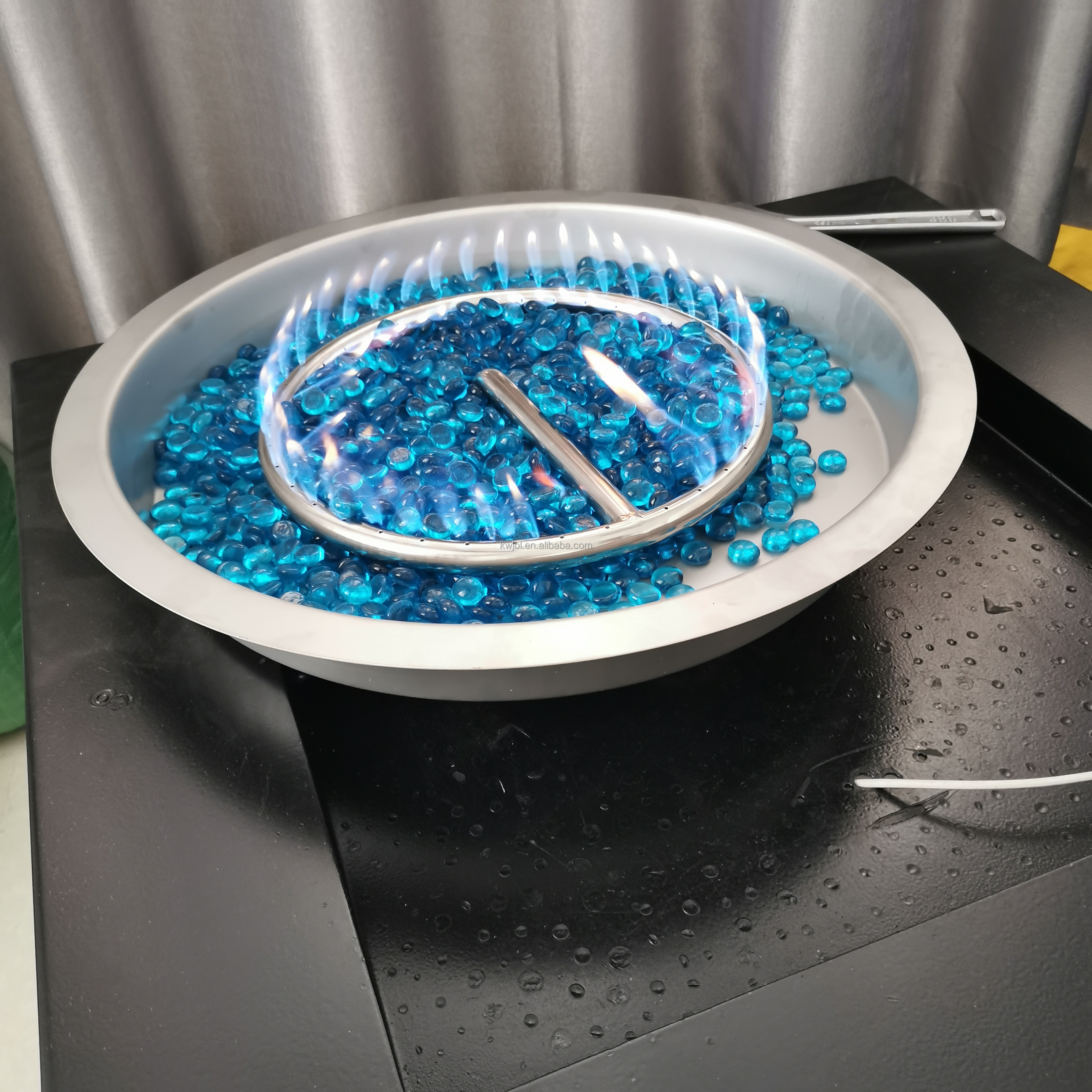
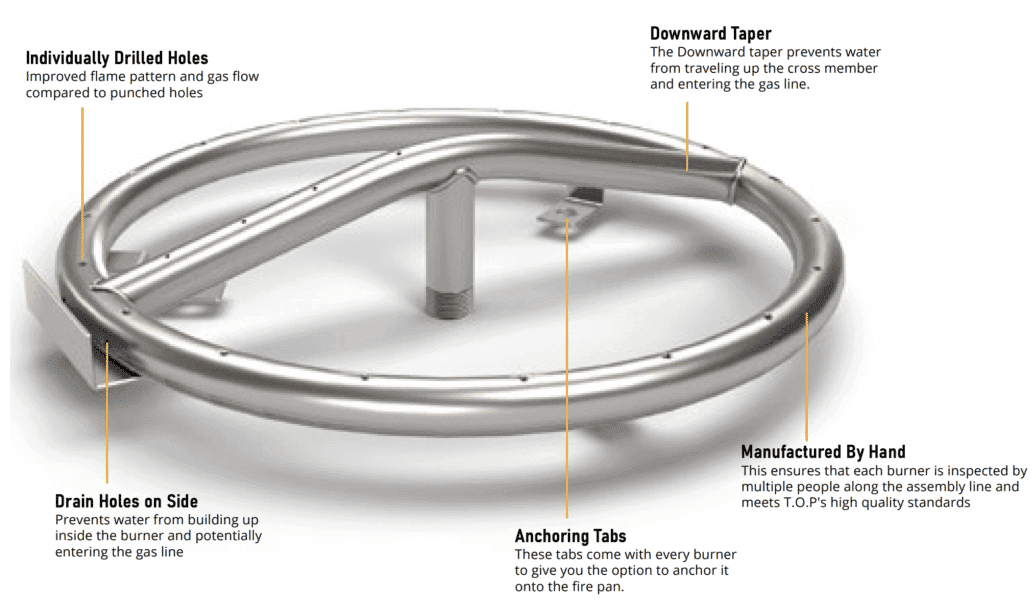
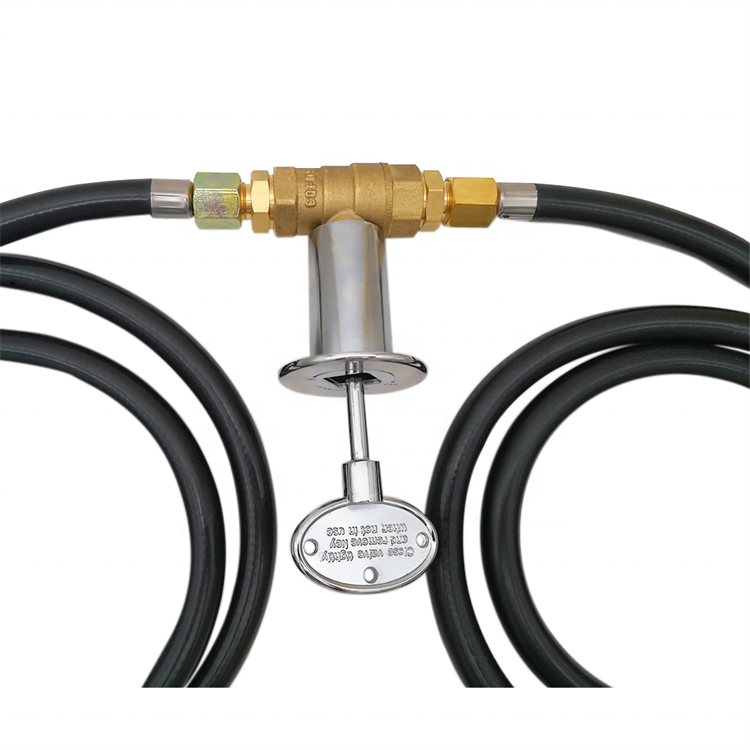
Aluminum alloy handle on side door with key
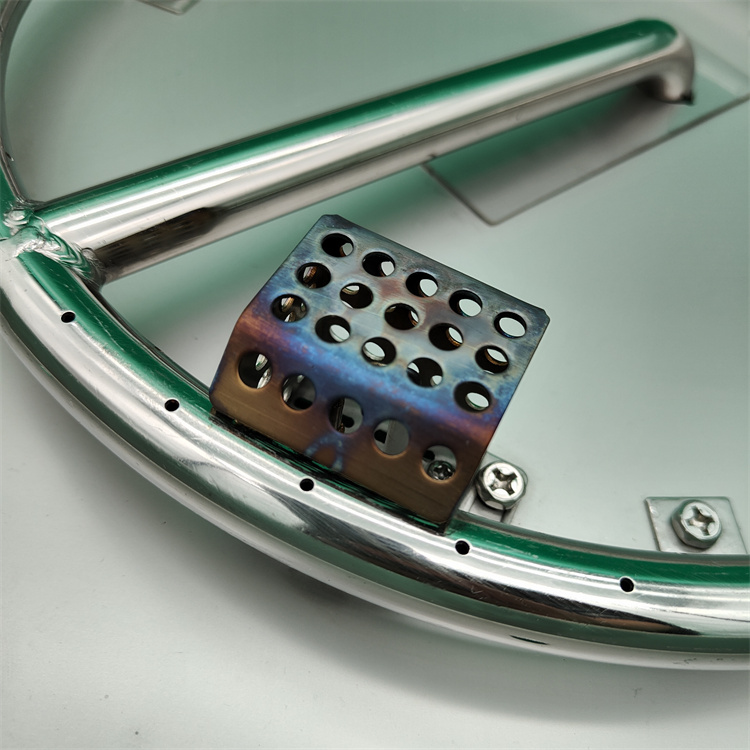
Packaging & Shipping
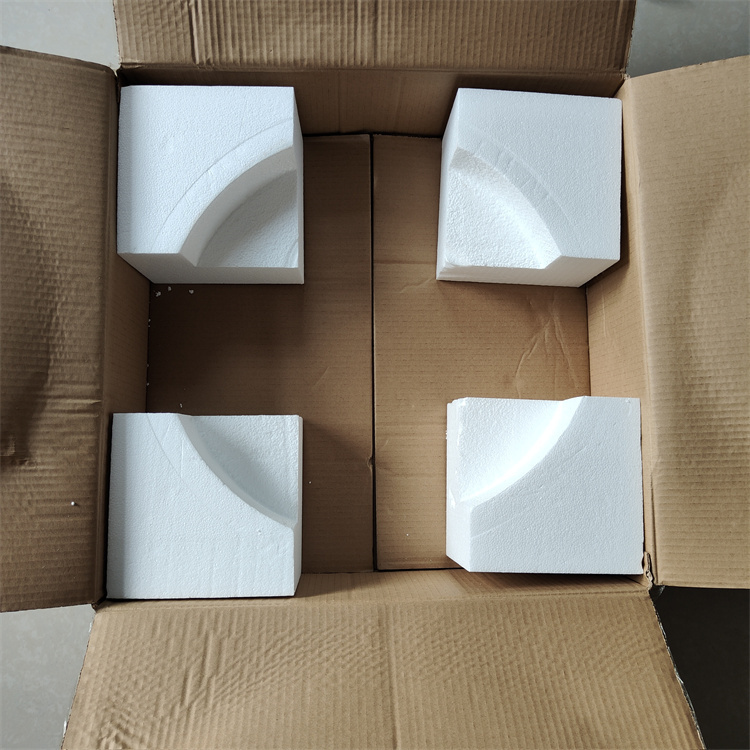
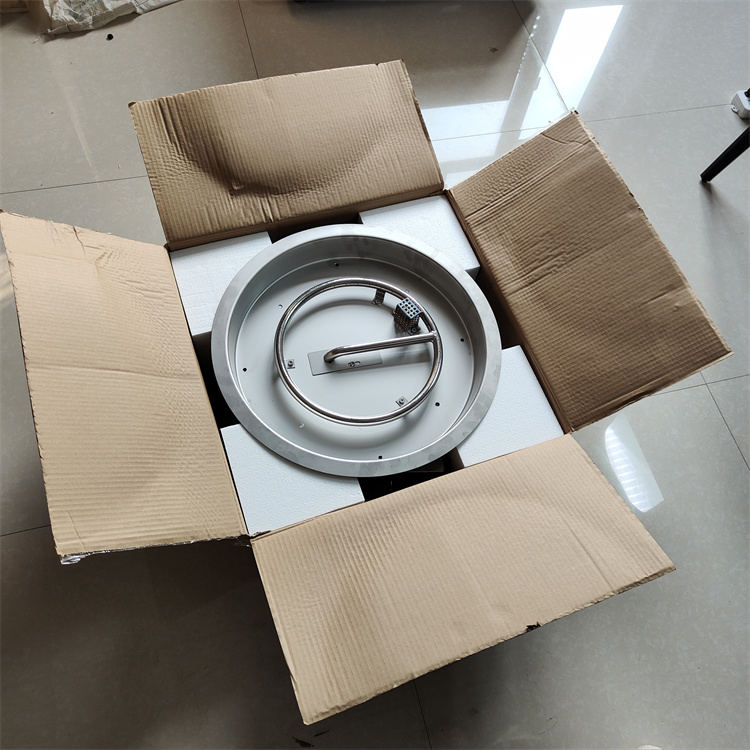
Round Fire Pit Burner Round Fire Pit Burner,Propane Round Burner,Circular Propane Burner,Round Fire Pit Burner Ring
Henan Jinbailai Industrial Co.,Ltd , https://www.gardensteelarts.com